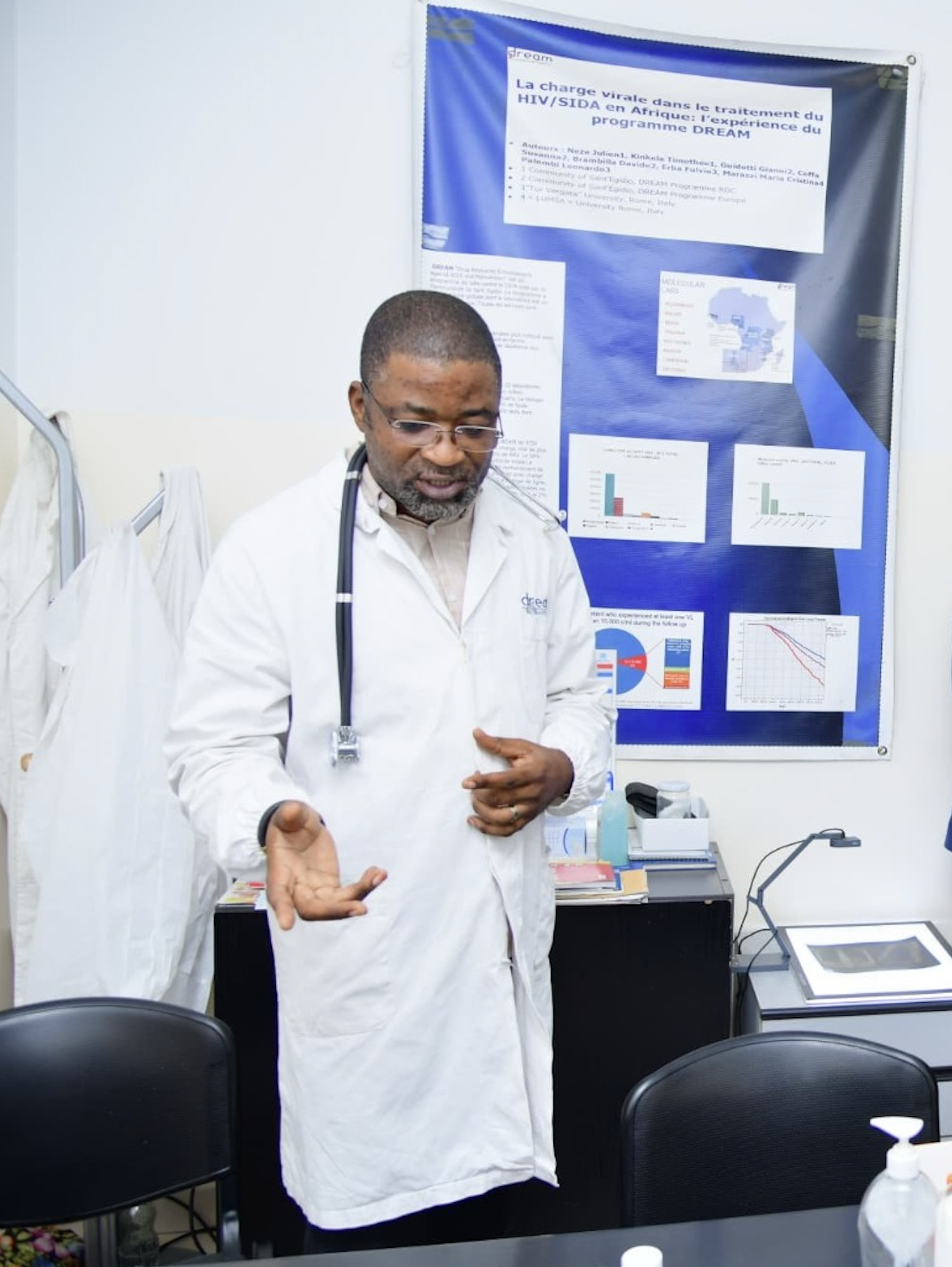The Democratic Republic of the Congo is a giant at the heart of Africa — a vast country rich in forests, rivers, and mineral resources, yet marked by a history of instability and great social challenges. With over one hundred million inhabitants, the DRC is the second-largest country on the continent and home to one of Africa’s most dynamic metropolises: Kinshasa, the political and cultural capital with more than fifteen million residents.
Despite its enormous potential, Congo continues to grapple with the consequences of conflict, widespread poverty, and fragile infrastructure. The health system, in particular, faces a dual burden: on one side, infectious diseases such as HIV/AIDS, tuberculosis, and malaria; on the other, a rapid rise in non-communicable chronic diseases — hypertension, diabetes, epilepsy — linked to urbanization and lifestyle changes. In this complex context, access to quality healthcare remains a daily challenge for millions of Congolese people.
It was within this setting that, in 2009, the Community of Sant’Egidio brought the DREAM Program to Congo — a program launched in the late 1990s to guarantee the right to health in Africa. Today, DREAM operates in the country through two centers: the first in Mbandaka, capital of the Équateur Province, and the second in Kinshasa, inaugurated in 2011 and dedicated to Blessed Floribert Bwana Chuyi. Both centers are fully integrated into the national health system, equipped with modern molecular biology laboratories, and offer all services completely free of charge.
At the heart of the DREAM approach lies comprehensive and integrated care — combining high-quality diagnosis, effective therapy, health education, and nutritional support. This vision has transformed the perception of HIV/AIDS from a death sentence into a treatable chronic disease.
The DREAM Center in Kinshasa currently follows nearly two thousand people living with HIV, offering antiretroviral therapy and treatment for opportunistic infections, prevention of mother-to-child transmission, nutritional support for pregnant women, children, and vulnerable patients, as well as counseling and accompaniment by activists — often stable patients who have become protagonists in the care of others.
The fight against HIV is closely linked to that against tuberculosis, which remains one of the leading causes of mortality. The center has established a reference laboratory equipped with GeneXpert technology, serving not only its own patients but also numerous health facilities in the N’sele area.
Alongside infectious diseases, DREAM also addresses chronic conditions. Today, over seven hundred patients receive treatment for hypertension, more than one hundred are followed for diabetes, and since 2025 the center has launched a program for the diagnosis and treatment of epilepsy — already involving dozens of people and helping to break the stigma still surrounding this illness.
Another key area is cervical cancer prevention: over one thousand women have already benefited from screening and, when precancerous lesions are detected, receive immediate treatment.
High-quality diagnostics are one of the pillars of the DREAM model. Over the years, the Kinshasa laboratory has carried out tens of thousands of analyses: more than one hundred thousand HIV viral load tests, over thirty thousand biochemistry analyses, and thousands of tests for tuberculosis, early infant HIV diagnosis, and even COVID-19 during the recent pandemic. Thanks to this work, DREAM centers have become key reference points for the entire local health system.
The DREAM Program is not merely a collection of medical services, but a true community of care — one that restores dignity and hope to those once excluded from the right to health. In Congo, as in the other nine African countries where it operates, the model has shown that even in the most challenging contexts, it is possible to provide excellent, free, and accessible healthcare for all.
